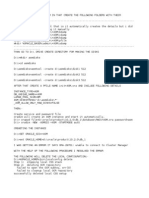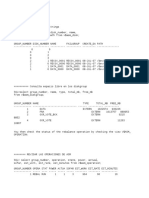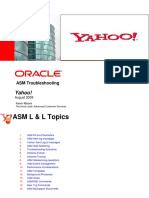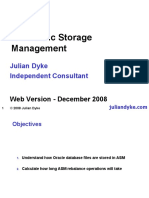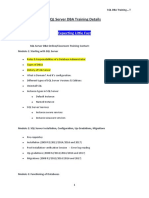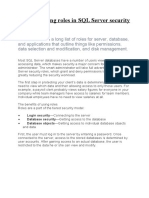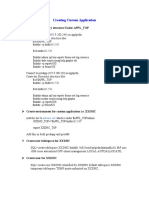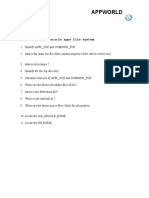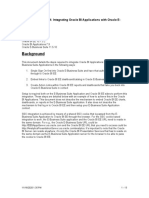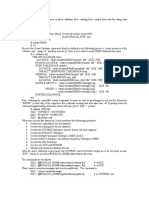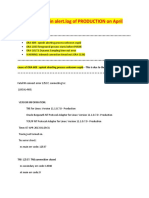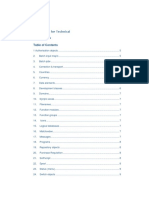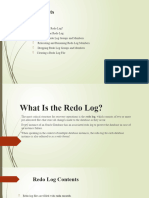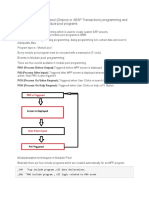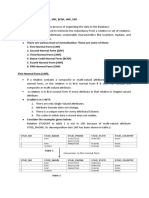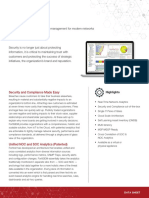0% found this document useful (0 votes)
209 views9 pagesASM Instance Management Guide
The document provides syntax examples for using SRVCTL commands to manage ASM instances, including adding, removing, enabling, disabling, starting, stopping, and getting the configuration or status of an ASM instance. It also provides examples for managing disk groups within ASM, including querying disk groups and disks, tuning, analyzing extent distribution, and creating or modifying disk groups. Finally, it outlines commands for managing tablespaces and datafiles on ASM, such as creating tablespaces and adding or resizing datafiles.
Uploaded by
niaamCopyright
© © All Rights Reserved
We take content rights seriously. If you suspect this is your content, claim it here.
Available Formats
Download as DOCX, PDF, TXT or read online on Scribd
0% found this document useful (0 votes)
209 views9 pagesASM Instance Management Guide
The document provides syntax examples for using SRVCTL commands to manage ASM instances, including adding, removing, enabling, disabling, starting, stopping, and getting the configuration or status of an ASM instance. It also provides examples for managing disk groups within ASM, including querying disk groups and disks, tuning, analyzing extent distribution, and creating or modifying disk groups. Finally, it outlines commands for managing tablespaces and datafiles on ASM, such as creating tablespaces and adding or resizing datafiles.
Uploaded by
niaamCopyright
© © All Rights Reserved
We take content rights seriously. If you suspect this is your content, claim it here.
Available Formats
Download as DOCX, PDF, TXT or read online on Scribd
/ 9

